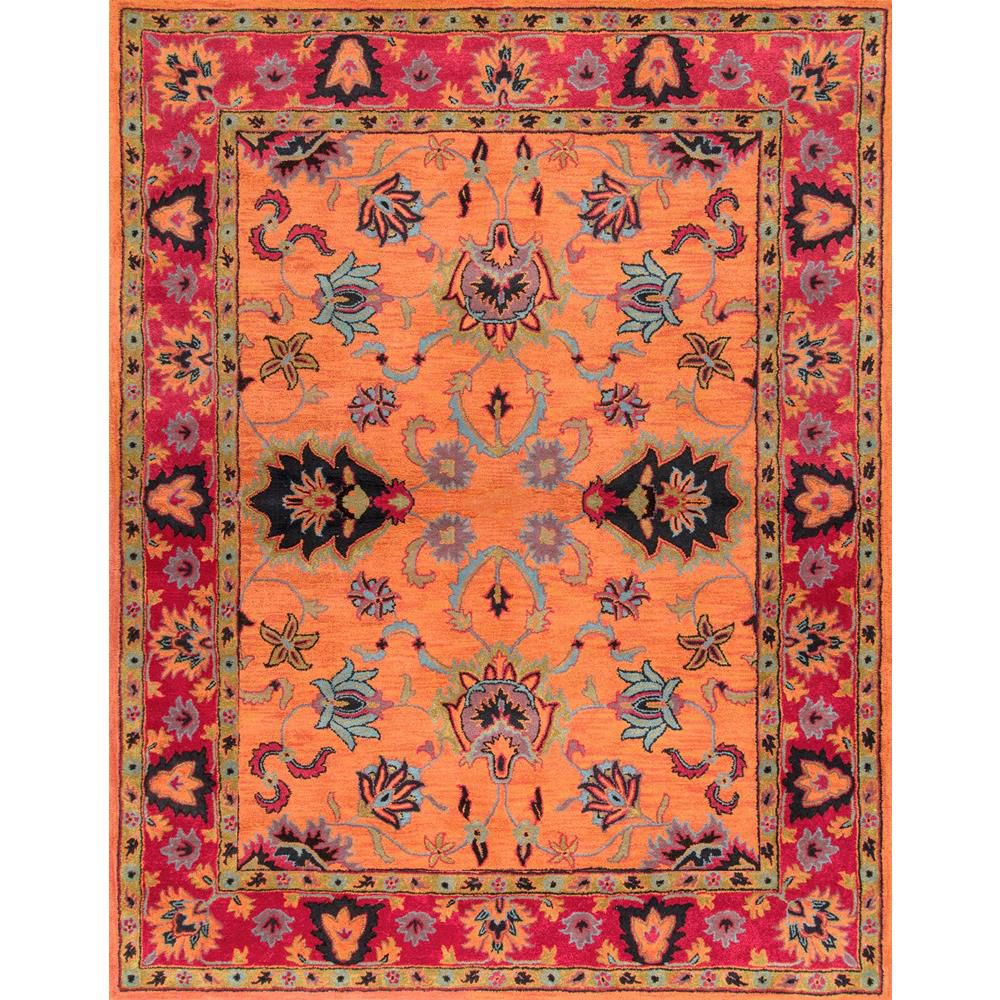
By the 1760s, however, both sides were tired of fighting, and King George III wanted peace thus, the Treaty of Paris was signed. Outcomes: Britain took control of Benegal under Robert Clive, planting the seeds for Britain’s 200-year rule in India, and the profitable slave-trading island of Goree off Senegal’s coast. Key turning points: Britain took today’s Pittsburgh from France, naming it after William Pitt who led Britain as prime minister during the war, and, with the Delaware losing faith in the French and turning to the British, Britain ended the war by capturing Quebec, the capital. Tensions between the English+Iroquois and France culminated into war in both North America and Europe, Asia, Africa, and the Caribbean.

Called the “Seven Years’ War” (despite lasting nine years) in England and the “War of Conquest” by French Canadians, the French and Indian War began two years after George Washington led a troop with the Iroquois to attack French soldiers to attempt and regain the Ohio River Valley.

ECONOMIC SYSTEM 19 7.3 SETTING THE PACE: THE WASHINGTON ADMINISTRATION 21 7.4 THE BIRTH OF POLITICAL PARTIES: ADAMS AND JEFFERSON 23 CHAPTER 5: The Making of a Revolution (1754-1783) 5.1 PRELUDES TO REVOLUTION 1. CONSTITUTION 15 CHAPTER 7: Practicing Democracy (1789-1800) 18 7.1 CONVENING A CONGRESS, INAUGURATING A PRESIDENT, ADOPTING A BILL OF RIGHTS 18 7.2 CREATING AN ECONOMY: ALEXANDER HAMILTON AND THE U.S. CHAPTER 5: The Making of a Revolution (1754-1783) 1 5.1 PRELUDES TO REVOLUTION 1 5.2 “THE REVOLUTION WAS IN THE MINDS OF THE PEOPLE” 3 5.3 THE WAR FOR INDEPENDENCE 6 CHAPTER 6: Creating a New Nation (1783-1788) 10 6.1 THE STATE OF THE NATION AT WAR’S END 10 6.2 CREATING A GOVERNMENT: WRITING THE U.S.


 0 kommentar(er)
0 kommentar(er)
